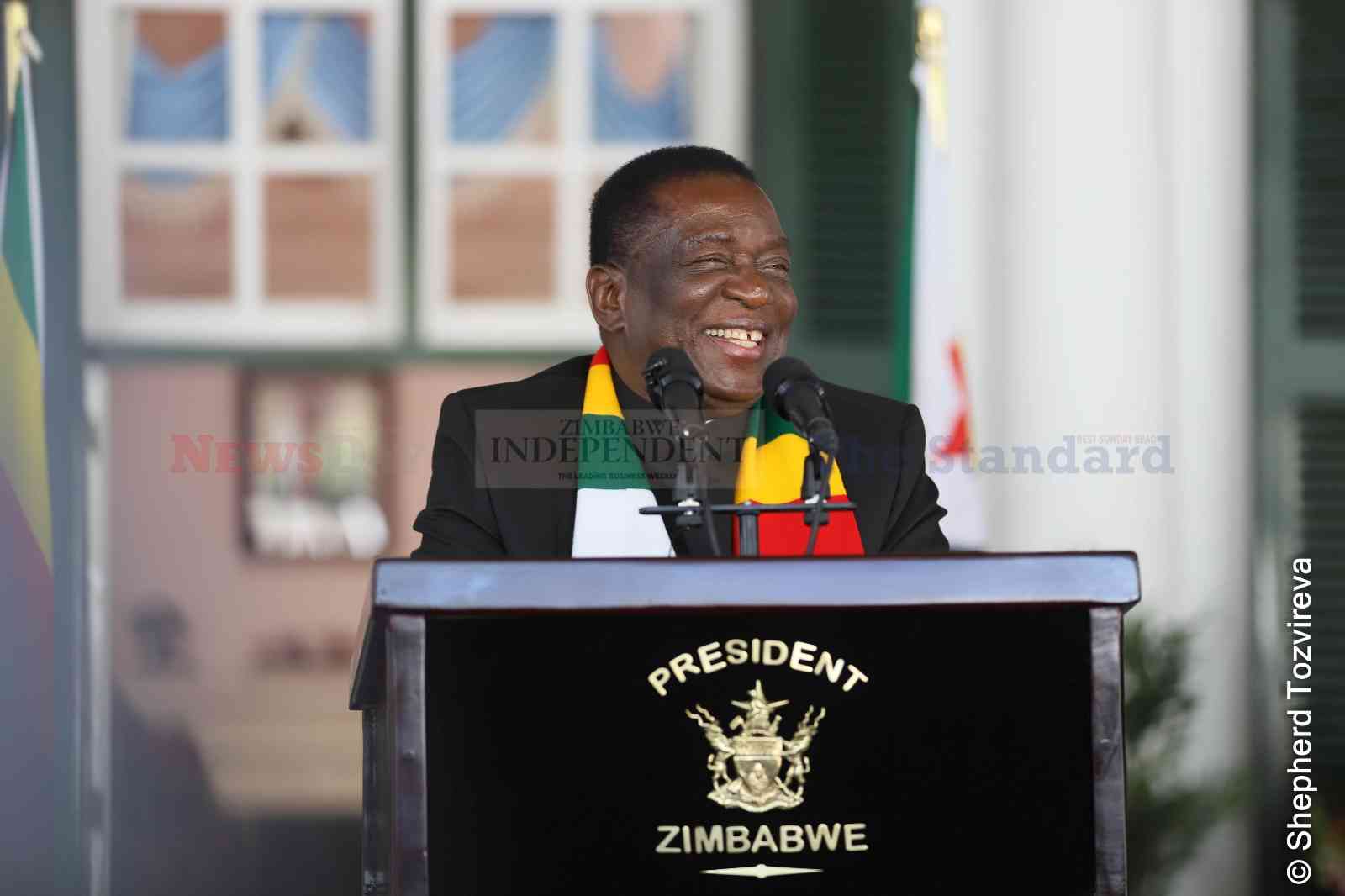
By Peter Makwanya
MANY climate engagements have not managed to bring desired outcomes because climate experts may not have structured messages that appeal to a wide cross-section of audience.
Communication is the common glue that can either be taken for granted or used to engage, establish relationships, build strong communities, institutions and resilient infrastructure. Climate experts should not take listeners for granted, demeaning them and undervaluing their expertise, climate knowledge and experiences.
In the majority of cases, climate experts and knowledge brokers have faltered as they sometimes focus more on themselves, their achievements and less on the audience needs analysis, problematic contexts and situations.
The success of every climate problem communicated as a story depends on how it is simplified into an engaging tool.
The narrative should be comprehensive enough to overcome one of the most hidden communication barriers imposed by the natural circumstances and limits which climate change experts do not remember to factor in.
As a result, that becomes an inherent climate omission, commission or communication structural and procedural gap.
After communicating effectively, the audience as one of the most important climatestakeholders, should be able to visualise the obtaining climate impacts and scenarios in their communities, reflect and see themselves never experiencing the same dire situations they would have overcome.
- Chamisa under fire over US$120K donation
- Mavhunga puts DeMbare into Chibuku quarterfinals
- Pension funds bet on Cabora Bassa oilfields
- Councils defy govt fire tender directive
Keep Reading
Above all, understand that these experiences would not continue for decades to come.
Sustainable engagements on climate change should not focus on content like what many experts consciously or unconsciously do but should be centred on how they are narrated.
Contrary to what many climate change experts think, captivating the audience has never been a simple thing.
It does not mean that when communicating problematic issues, a climate change expert cannot spice it up with a joke, here and there but in doing so they need to be mindful of the taste, composition or practical relevance of the joke lest some poorly structured joke puts off the audience completely.
Good climate change communicators and experts should be able to come up with tales with all the ingredients that capture the five sensory properties of humans.
It is also recommended that climate experts be guided by the impact, relevance of their stories and, audience analysis and reactions.
At the centre of audience reactions are previous knowledge and experiences of recurring droughts, cyclones, floods, natural disasters, hunger and famine, among others.
These also include extinction of animal species, changes in seasonal rainfall patterns and unreliable early warning systems.
With a complex climate story or details, the climate change expert needs to demonstrate that there is light at the end of the tunnel, otherwise there will not be any reason for communicating the climate narratives in the first place.
When climate change experts tell climate stories, they should target a large audience, not just a few.
They should aim at the broader picture instead of the narrow end and let the climate narratives such as climate-induced problems that communities encounter everyday resonate with the majority.
Storytelling is one of the most penetrative and distinctive features of communicating climate problems to the expectant and aggrieved audience.
The audience can easily reconnect with past events and link them with current ones, because they grew up listening to ecological stories, fables, local tales, epics and legends, among others.
At the end, the audience would be taken through expert eco-criticism by linking the stories with the environment, morals, worldview and ethical considerations.
The aim is to nurture values in children, youths and the old as a way of reminding them of the need for sustainable eco-friendly behaviour and disregard destruction of the environment for the benefit of livelihoods.
All these narratives would bring meaning to their lives as well as simplifying the complex world into a habitable one, including a sense of attachment and belonging.
In terms of climate change communication, storytelling is a strategic narrative and tool of choice.
Advantages of climate narratives are that they can be listened to easily and are also much easier to remember than the usual lectures.
The majority of the audience at the grassroots are not usually interested in the storyteller’s long list of academic achievements or where they have been to, they just want something that touches on their survival and living experience.
Storytellers also need to connect with the audience, show them that they have lived their experiences and sufferings before, they have also lived their behaviours, ate the same food as the audience and sang their songs, among others.
For this reason, the communities will accept the climate experts or storytellers as part of them as well as being with them.
If these community-based grassroot audiences cannot connect with your story then they will not mind you going back with your story.
These climate narratives should always help to keep the audience engaged, included, connected and secure, anywhere, everywhere and anytime.
Also make sure that the climate narrative should situate people at the heart of green, resilient and inclusive recovery.
This will enable them to achieve their potential, build confidence, boost their climate voices and live sustainable lives.
Above all, these stories should leave the audience in a position to improve their health, environment, knowledge and communication capabilities.
These will act as social protection systems and resilience.
- Peter Makwanya is a climate change communicator. He writes here in his personal capacity and can be contacted at: [email protected]











